How Can Clasps Suit My Pearl Necklace?

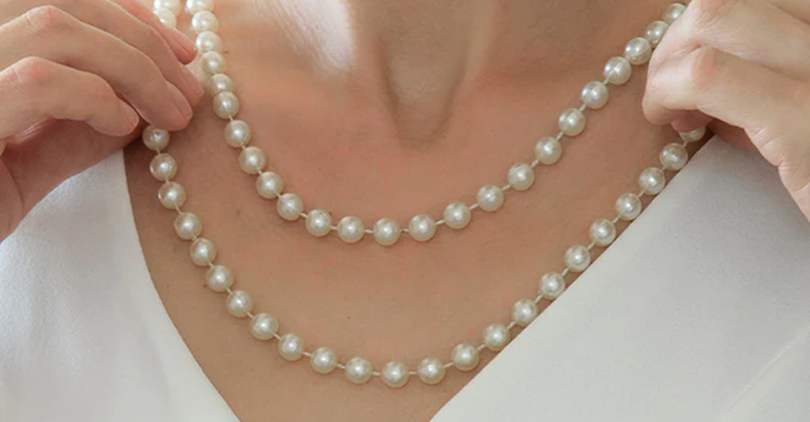
Weak locking mechanisms of the clasp accidentally unlock and lose a pearl necklace, whereas a large clasp on a simple one looks wired and diminishes its value.
In addition, various clasps on necklaces show differences in locking mechanism, ease of use, and decorative designs. Besides, heavy necklaces or pendants require a dual locking system or additional security latches to hold both ends for decades.
If you’re confused with necklace clasps, scroll through our guide and pick a suitable one for your pearl jewelry.
Why Clasps Are Crucial For Pearl Necklaces?

Clasps secure pearl necklaces or pendants by attaching both ends of the strand by using a locking system or security latches. If any pearl necklace doesn’t have a clasp, it becomes hard to wear or remove the necklace on various outfits.
Moreover, securing a long or heavy necklace requires a heavy, two-step locking clasp, whereas a light necklace requires simple latches to keep both ends closed. Further, some clasps include a decorative element in design that enhances the beauty of jewelry.
Type of Different Pearl Necklace Clasps
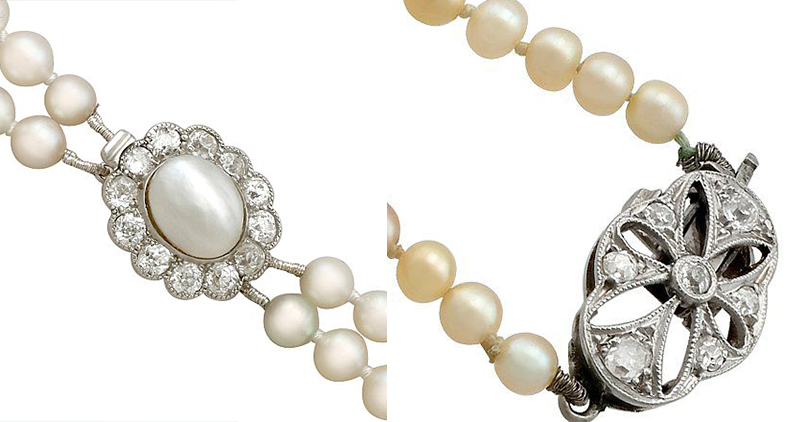
Pearl necklaces include a fish hook, magnet, X bar, lobster, or ball clasps to secure the jewelry perfectly. Let’s dig into these necklace clasps in detail.
Fish Hook Clasps
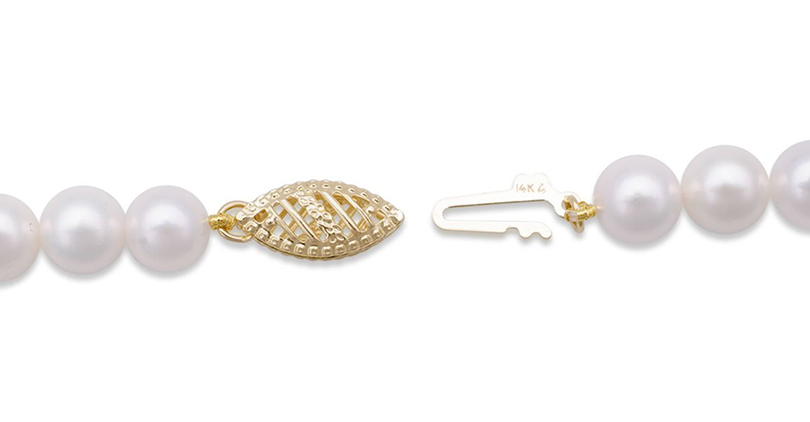
While looking for a clasp on a small pearl necklace or bracelet, the simplicity of fish hook clasps is a perfect collocation on pearl jewelry. Even the hook shape, curvy and pointed at one end on the part of the oval box, offers ease of handling with one hand.
Based On EuSharon, the shape of the fishhook requires gentle pulling as the hook can quickly snap into place. Just avoid the fish hook clasps on heavy jewelry because of its low level of security latches to hold one.Ball Clasps

If you want a secure closure on matinee or opera pearl necklaces, the Ball clasp offers simplicity and security with a decorative element in design. In short, a 9.5-10.0 mm pearl princes requires a ball clasp to secure the weight by the two-step locking system.
On top of that, the hollowed-out space at one end with a springy, bent tab on the other end allows the locking mechanism to secure correctly. Once you push the tab down, the clasp releases and the necklace comes out with a gentle pull.
Magnet Clasp
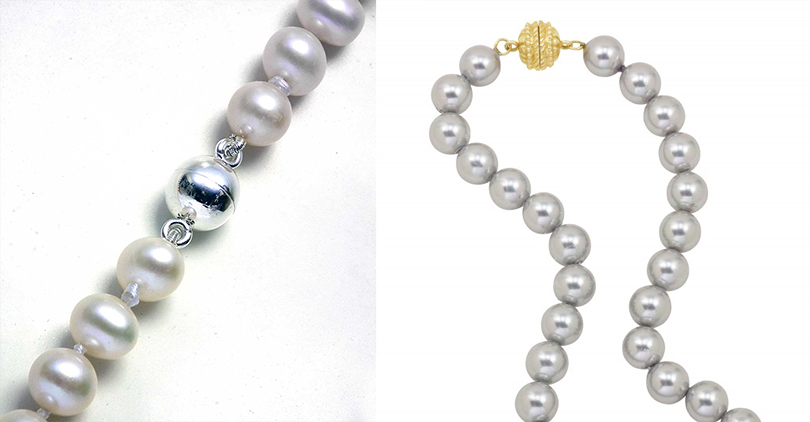
Here comes another clasp for a light necklace that includes two solid magnets to keep both ends closed. Due to the simple splitting mechanism, the magnet clasps are the best pick for simple pearl necklaces and stylish bracelets.
In addition, the ease of splitting mechanism makes the clasp perfect for women with arthritis or stability issues. However, magnet clasps don’t include any security latches or locking system, making these clasps unfit for opera or heavy necklaces.
Large X Clasp

When you’re dealing with a pearl opera or rope, the necklace weight requires a dual locking system to hold both ends.
Now, the X clasps include a heavy springy tab into the solid body of the clasp, which allows the ends to remain closed for weeks. Even the locking mechanism supports necklaces up to 12.0 mm long, while the flattened design with ridges enhances the piece's beauty.
Lobster Clasp
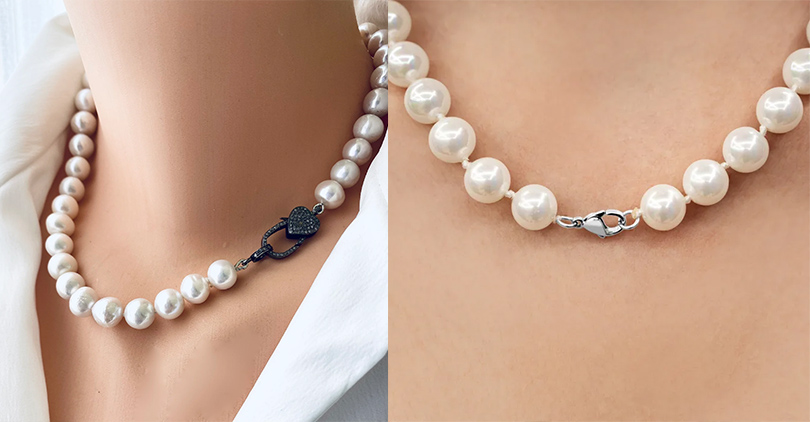
With the secure hinge locking system, the lobster clasp offers reliable security with little to no chance of accidental opening. Pearl Only states to pull the clasp bottom hinge for opening and releasing the necklace's other end.
On the other hand, use the open clasp to attach the fixed loop and secure the clasp quickly with one hand. Hence, the lobster clasp has become a popular option to lock your regularly wearable pearl necklaces.
Toggle Clasp
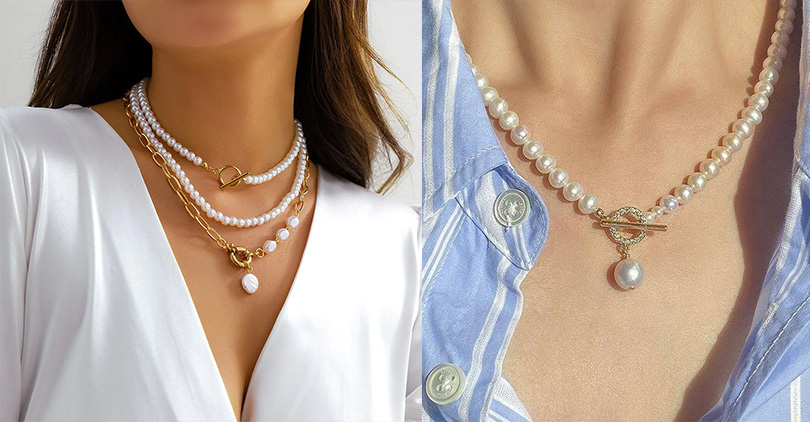
If you want to avoid separate clasps on a necklace, a toggle clasp works perfectly to keep the design simple. In short, these clasps become part of the necklace or pendant design, whereas the T and O bar gives a fixed effect and keeps the design fashionable.
Care Guide For Pearl Necklace Clasps

Necklace clasps won’t trouble daily to clean or maintain the locking system or metal shine. While cleaning the pearls, gently wash the clasps with warm water for an initial cleaning.
Then, try to wipe the surface with a damp cloth, as sweat or body oils can damage the locking system. Sometimes, sticky dirt on clasps may require mild soap to clean the substances properly.
Further, avoid chemicals or hard scrubbing during cleaning to prevent the loss of the clasp’s shine.
Warp Up
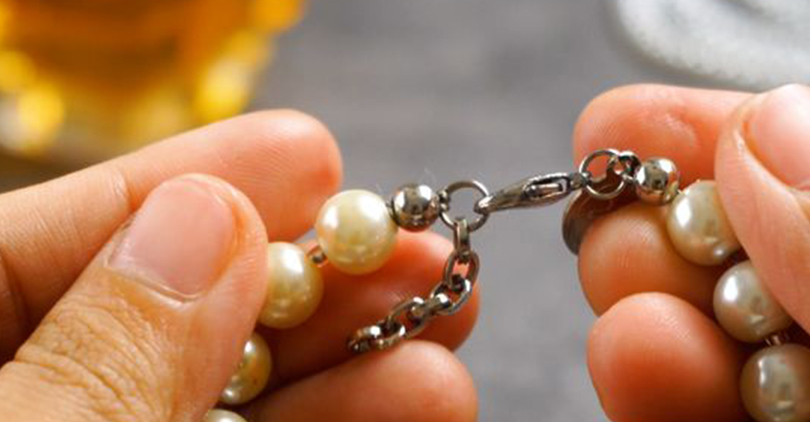
Due to the variation in locking mechanism and ease of use, a perfect clasp can suit and secure the necklace perfectly. Besides, the decorative designs with metal combos improve the beauty of necklaces or pendants.
On top of that, the simplicity of a fish hook clasp fits small pearl necklaces, whereas the dual locking mechanism of a ball clasp secures the heavy one. So, pick the right clasp to bear the weight and secure a pearl strand properly!


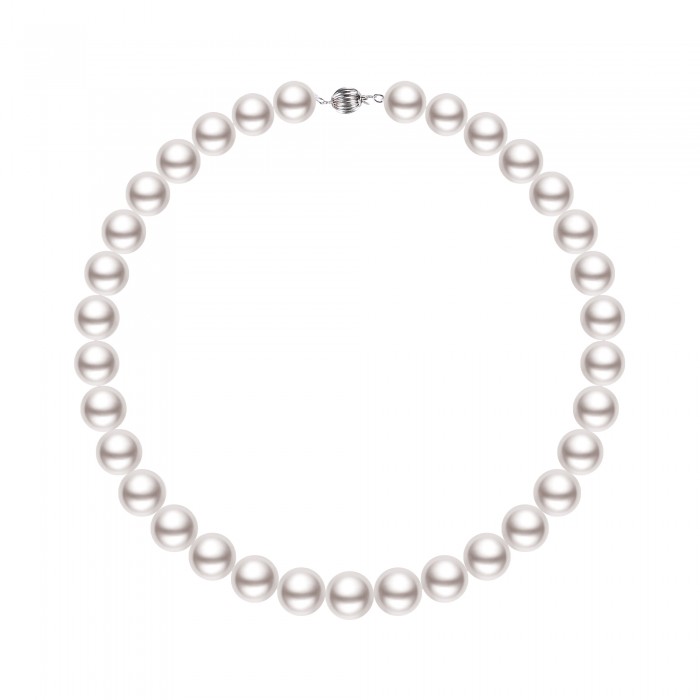
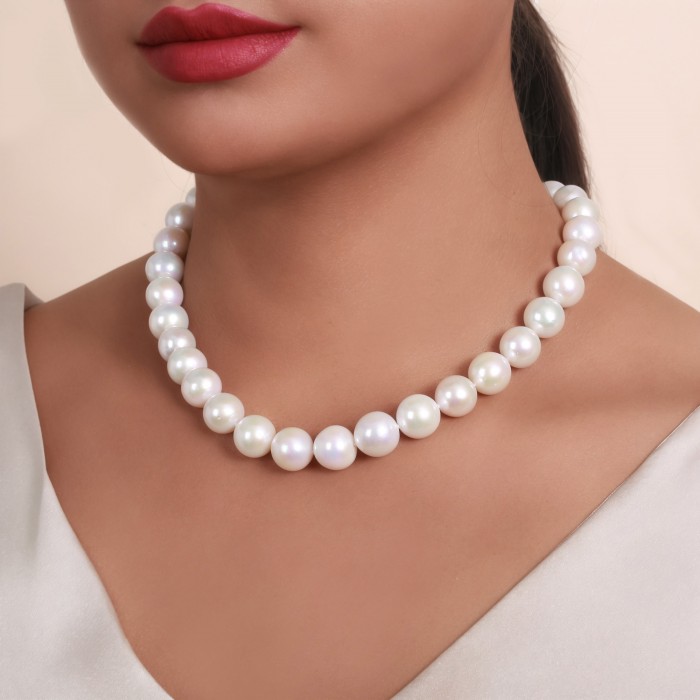
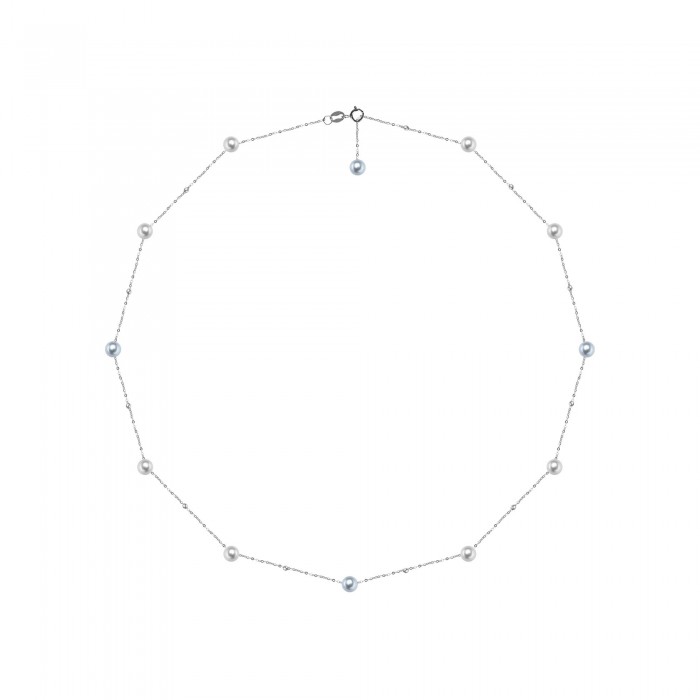
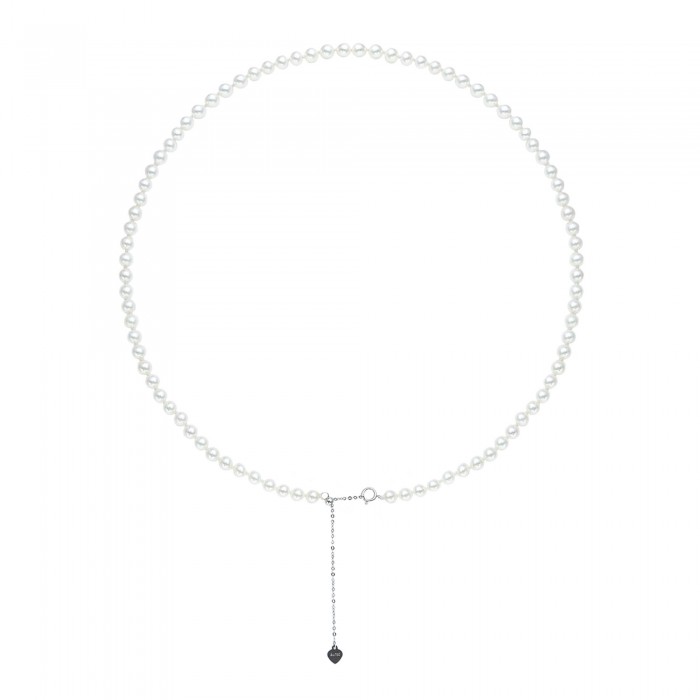
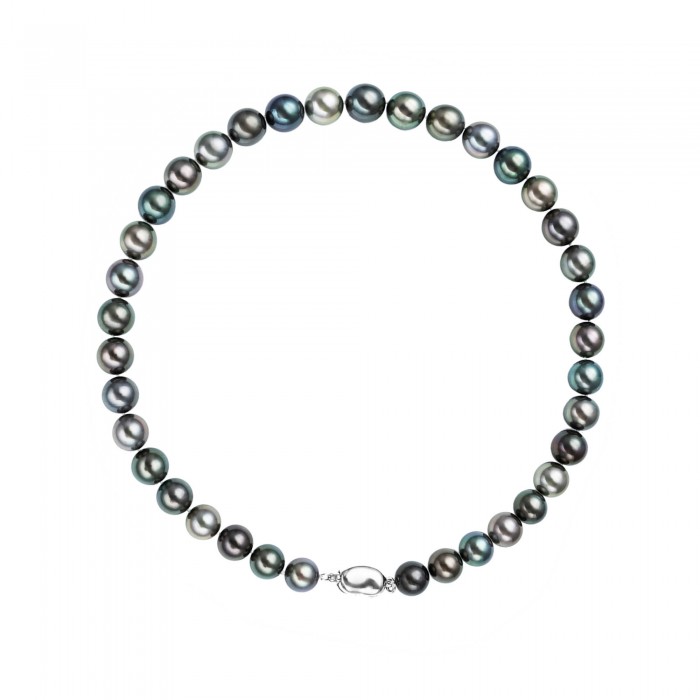
Leave a Comment